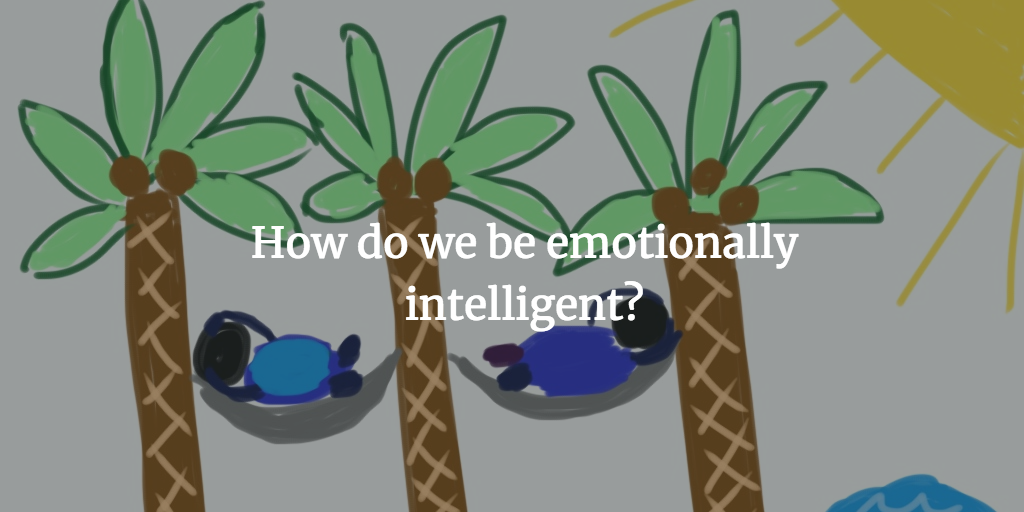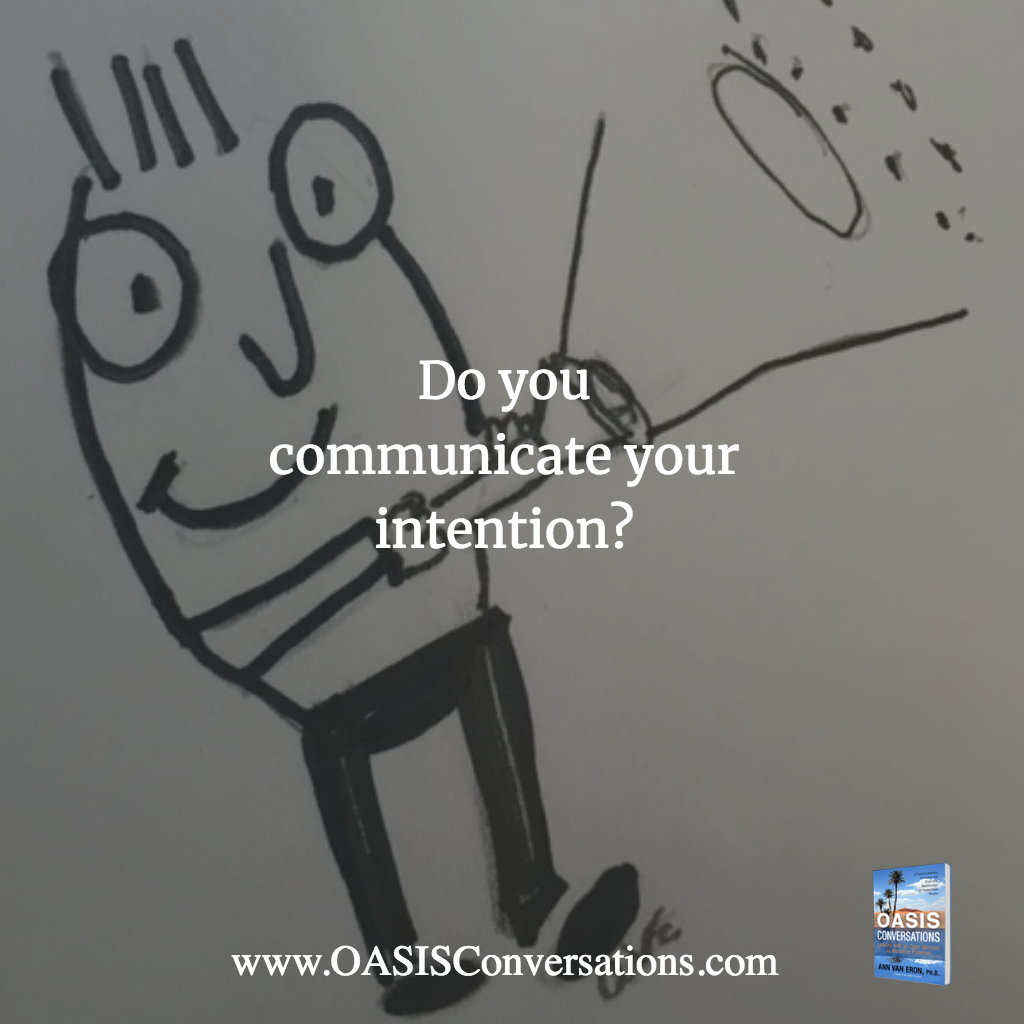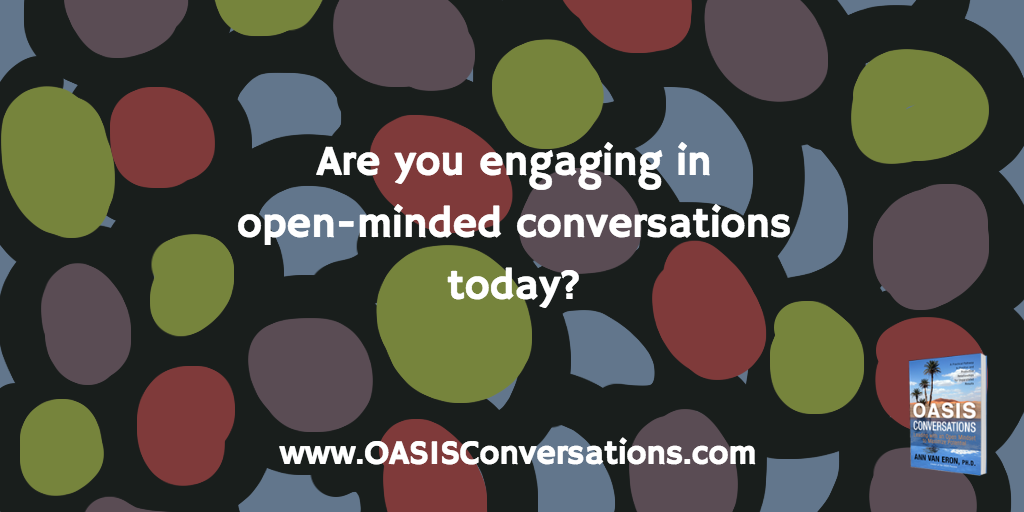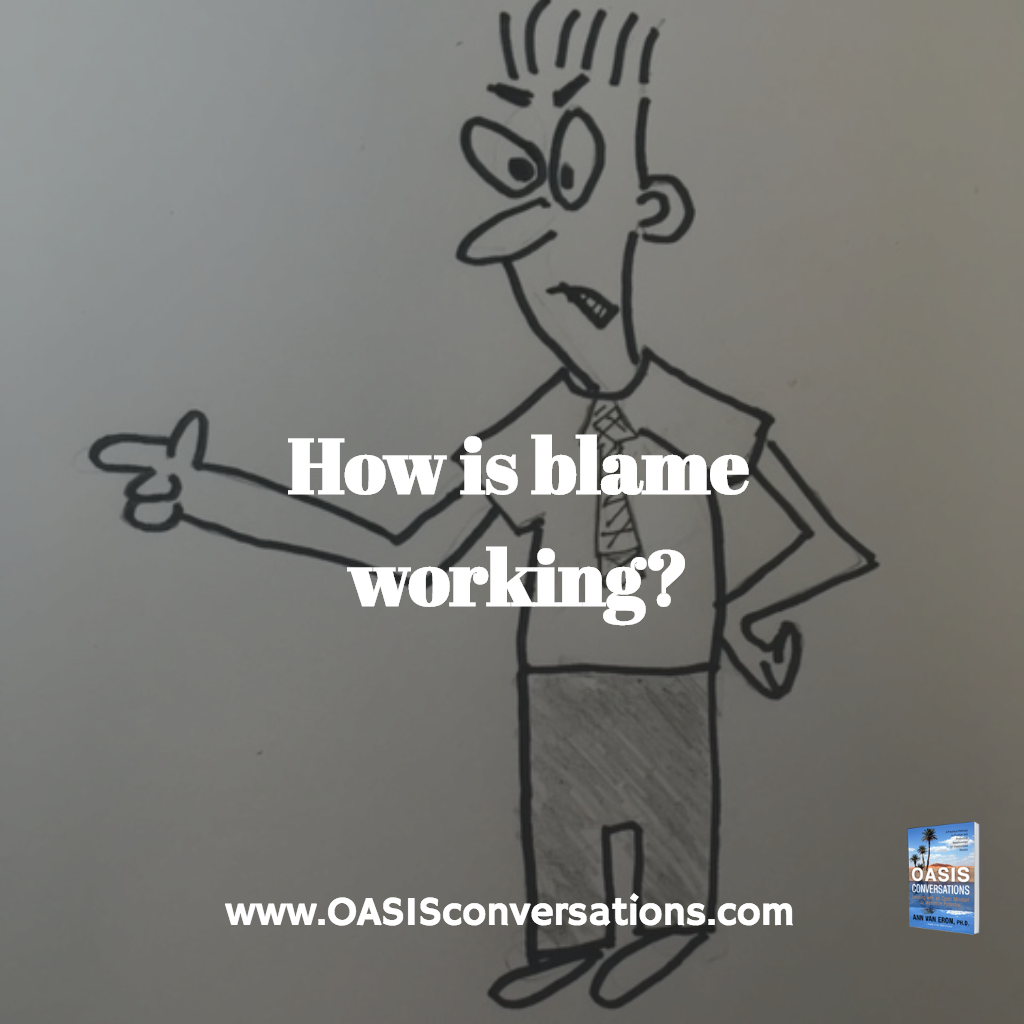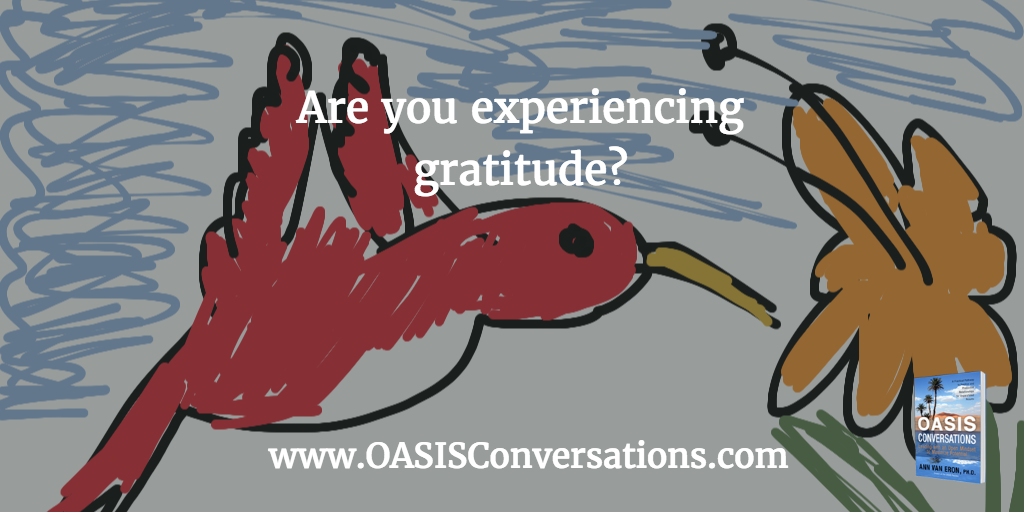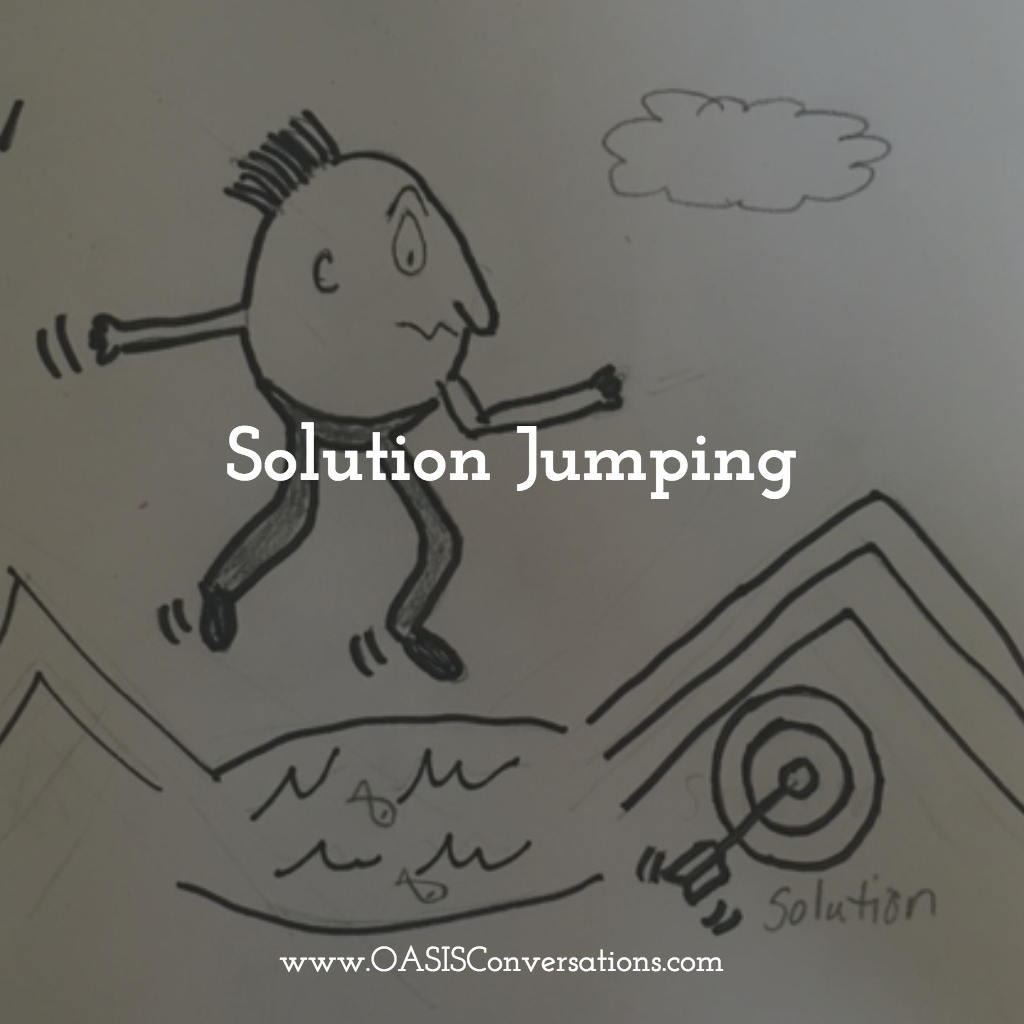
“It often happens that things are other than what they seem, and you can get yourself into trouble by jumping to conclusions.”—Paul Auster
I was talking with a colleague about a work situation. In the middle of the conversation, he asked me if a storefront near my place that had been vacant was occupied yet. I was a bit put off. Here I was, talking about something important to me and my colleague completely shifted the conversation. My first reaction was to feel hurt and disappointed that my friend was not interested in my challenge. I began to close down and thought I would shift topics or leave, recognizing that he may not be capable of being a real listener or a real friend.
Instead of shutting down or making assumptions and judgments, I remembered what I teach. I suggest catching ourselves when we are making judgments and work to stay open and curious. I was able to cool down and ask with curiosity, ”What makes you ask about the open storefront?” My friend thought it was obvious. He said, “I was thinking that you could open a coffee shop and would not be faced with such complex challenges.” He had jumped to a solution. He quickly confessed that opening a small shop is his dream and his own fantasy solution.
A few things occurred in this short interaction. A common one is that when I brought up a challenge, my colleague jumped to a solution. This is a familiar reaction. When someone has an issue we want to solve it. It is often easy to see a solution when it is a situation that someone else is experiencing and we are not emotionally involved. In addition, when there is an issue or problem, we want to get it resolved or off our plate. It is useful to recognize our tendency to jump to solutions and work to refrain from immediately solving and focus on listening more intently to ensure understanding. If we listen with openness and curiosity and give empathy, often people solve their own issues or feel satisfied with just being heard. I was delighted to learn coaching skills and see the power of listening and giving space to another to reflect. When people are heard they develop their own solutions and are more committed to following through.
I jumped to a judgment about my colleague and moved to an habitual pattern of withdrawing and believing he was not interested. We all have habitual patterns that color how we see things and it is useful to learn ours and work to try new responses. In this case, I was fortunate to notice my assumptions and work to shift to being open and curious. This takes some practice and I don’t know of too many more valuable skills to develop than being open. When I caught myself and shifted to a more open—or what I call an OASIS state—I was able to inquire about his question about the storefront. I realized that my friend did care and had just jumped to what he thought was a good solution. Of course, I would have benefitted from more empathy and understanding.
I was glad that I asked him the question. We continued our conversation and he did listen more and I felt closer to him by engaging in an open-minded conversation than I would not have had if I had withdrawn or was negative toward him. What else could he have done? He could have shared his intention when he asked about the storefront. For example, he could have said, “I wish things were easier for you, I wonder if you would consider other career options such as opening a coffee shop?” Hearing his positive intentions would have gone a long way. I would have also had the opportunity to confirm my love of coaching and consulting.
While I just shared one small interaction, I often see the same pattern of jumping to solutions and people fighting or withdrawing in response to others not listening. When assumptions are made and not tested there are continual misunderstandings. I have seen people be angry with colleagues and family members because of assumptions, judgments and jumping to conclusions too quickly all across the globe. It is natural for us to make assumptions and judgments and to jump to solutions. Yet with a few moves (catching ourselves, being open and curious and engaging in conversations) we can have more positive and productive interactions with greater results too.
We will all benefit from catching ourselves and shifting to being open to others (and ourselves). Notice your tendency to jump to solutions. Begin to notice your patterns and build new conversation habits. Kindly share what you are noticing.
Contact us anytime.


